Price controls - Good Intentions: Tragic Outcomes
Syllabus: Explain why governments impose price ceilings, and describe examples of price ceilings, - including food price controls and
- rent controls.
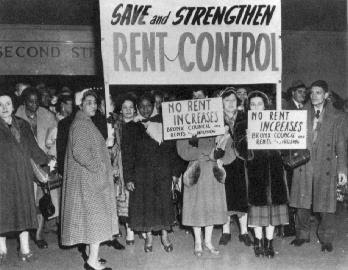 Price Ceilings
Price Ceilings
Price controls what governments (or other authorities) put in place to
try to influence the outcome of a market. For example, a government may
feel that a price is too high and so set a maximum price for the good or service.
An example of this may be rent controls - limits on the maximum rent that a landlord can charge for the use of a property. The aim of this being to make housing affordable for low income families. The question is - does it worK?
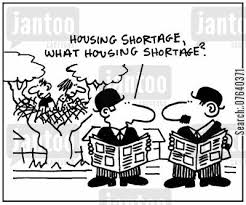
Calls for Rent Controls Circa 1940s
Effects of rent controls
Another example is when governments decide to make food more affordable for low income families and impose a price ceiling on food - does it work?
Effects of Price Ceiling in Venezuela (Today)
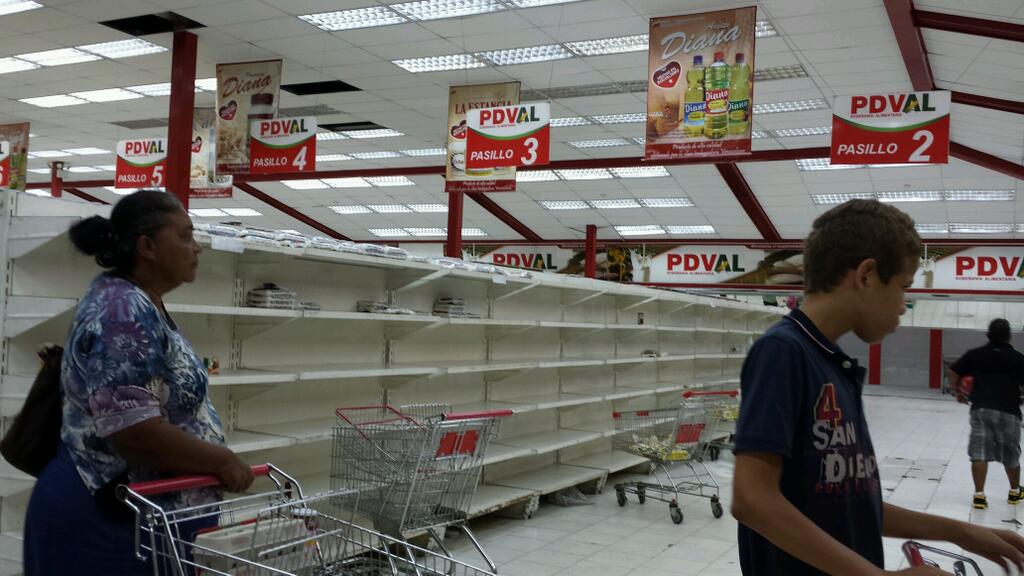
In Venezuela there are government shops
that are only allowed to charge low prices for food so that everyone
can afford necessities. The problem is there is no producer able to
produce at these prices so you can see the result - does it work?
Syllabus: Explain why governments impose price floors, and describe examples of price floors, including
- price support for agricultural products and
- minimum wages.
Price floors
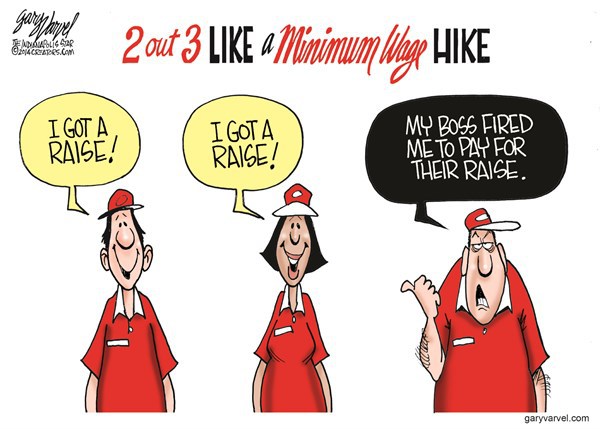
Alternatively, a government may feel that the market results in a price that is too low and set a minimum price.
An example of this occurs with labour markets where equilibrium wages
can be very low and governments set a minimum wage (wage being the
price of labour).
The problem is if producers
cannot afford to pay everyone at minimum wage they have to lay off
workers (unemployed) and make the workers left in jobs work harder.
Markets can also be very unstable and this may persuade governments to try to intervene to stabilise the markets. This is particularly true with agricultural markets and we look at this situation in the section - intervention in agricultural markets.
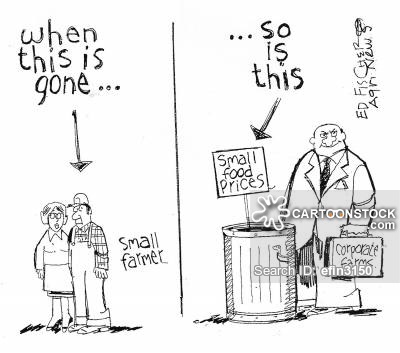
The problem is a stabilisation
policy soon becomes a keep farmers incomes high policy - see effects of
Common Agricultural Policy (CAP) in Europe.
